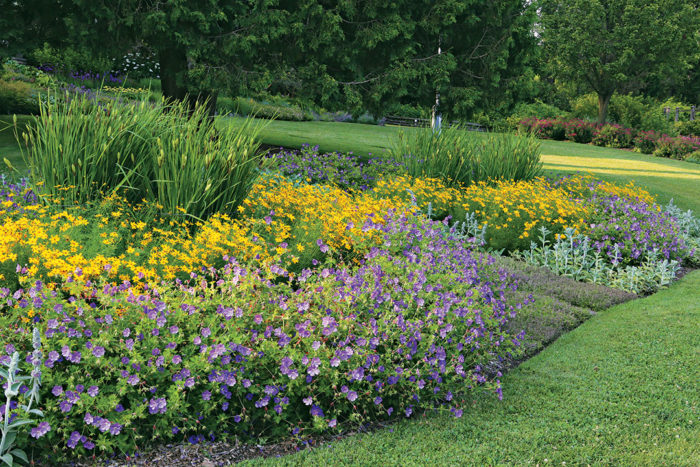
Mass planting can be just the thing to create drama and impact in the garden. That said, planting masses of the same type of plant isn’t for everyone or every garden, and there are certain techniques that can make this design more successful. See some answers to common mass planting questions below, and read more about how to create a beautiful design with mass plantings in Give Your Garden Mass Appeal.
Q: Is my garden too small for massing?
A: The visual impact and reduced maintenance will be most noticeable in larger gardens, where you can make use of more than one species for variety when massing. In medium and small gardens, it’s more important to limit the amount of massing to keep things from looking too static. A good general rule is “The smaller the property, the fewer the masses.” And if you have room for only one mass, it’s best to choose a plant that blooms for a long period of time, such as catmint, or Rozanne geranium (Geranium ‘Gerwat’, Zones 5–9, pictured), or a plant that has extremely striking foliage, such as little bluestem grass or ‘Brunette’ bugbane.
Q: Can you have too many masses?
A: Maybe. If you find the use of massing in commercial landscapes to be cold and rigid, it might be because the concept is being used exclusively. There is no break for the eye to catch something special or unexpected; you are left with large static areas of sameness. Instead, balance large masses with other areas of smaller groups of different plants, or break things up occasionally with a strategic focal point.
Q: How do you avoid monotony?
A: Here are some simple tips for avoiding excessive repetition in a landscape that relies on lots of masses.
1. Vary the structure and texture
When it comes to plant choice, make sure you consider the size, structure, and texture of each plant type. Using masses of coneflowers (Echinacea), black-eyed Susans (Rudbeckia), and sneezeweed (Helenium) in a similar area may give your blooms color contrast, but they all share similar structure and texture. If you mix things up with strappy allium, Russian sage, and/or billowy catmint, you will get height, shape, and textural contrast as well.
2. Sprinkle in some self-sowers
These annuals will add an element of surprise. Opium poppies (Papaver somniferum), flowering tobacco (Nicotiana langsdorffii), borage (Borago officinalis), dill (Anethum graveolens), and several others are good choices that can be easily controlled by hand pulling. Let them come up in your mass planting here and there. Pull them out where you don’t want them. Remove them after they are no longer attractive, but wait until they have dropped seed for next year.
3. Plan for a well-placed break
Locating a small tree or a couple of shrubs (like the hydrangeas in the back) between masses or even in the middle of a single mass acts as a full stop for the eyes, and it visually breaks up a mass or acts as a transition between two masses.
4. Utilize the mix-and-mass concept
Mixing smaller plant groupings (three to five plants) within a larger mass (five or more plants) definitely works against monotony. Choose plants with a staggered bloom time (from the larger masses variety) and colors that work well together.
Dean Wiegert is the head gardener at Afterglow Farm in Wisconsin.
Photos: Danielle Sherry
For more on mass planting:
Fine Gardening Recommended Products

ARS Telescoping Long Reach Pruner
Fine Gardening receives a commission for items purchased through links on this site, including Amazon Associates and other affiliate advertising programs.

Scotts Cordless Grass-Shear/Shrub-Trimmer Combo
Fine Gardening receives a commission for items purchased through links on this site, including Amazon Associates and other affiliate advertising programs.
- 13.5 x 3 x 5 inches
- Uses a 7.2-Volt 2Ah high-capacity built-in lithium-ion battery; Includes a fast charger

Black and Decker 22-inch Cordless Hedge Trimmer
Fine Gardening receives a commission for items purchased through links on this site, including Amazon Associates and other affiliate advertising programs.
- 38 x 7 x 7 inches
- 6.9 pounds
- 1 Lithium Ion battery required (included)

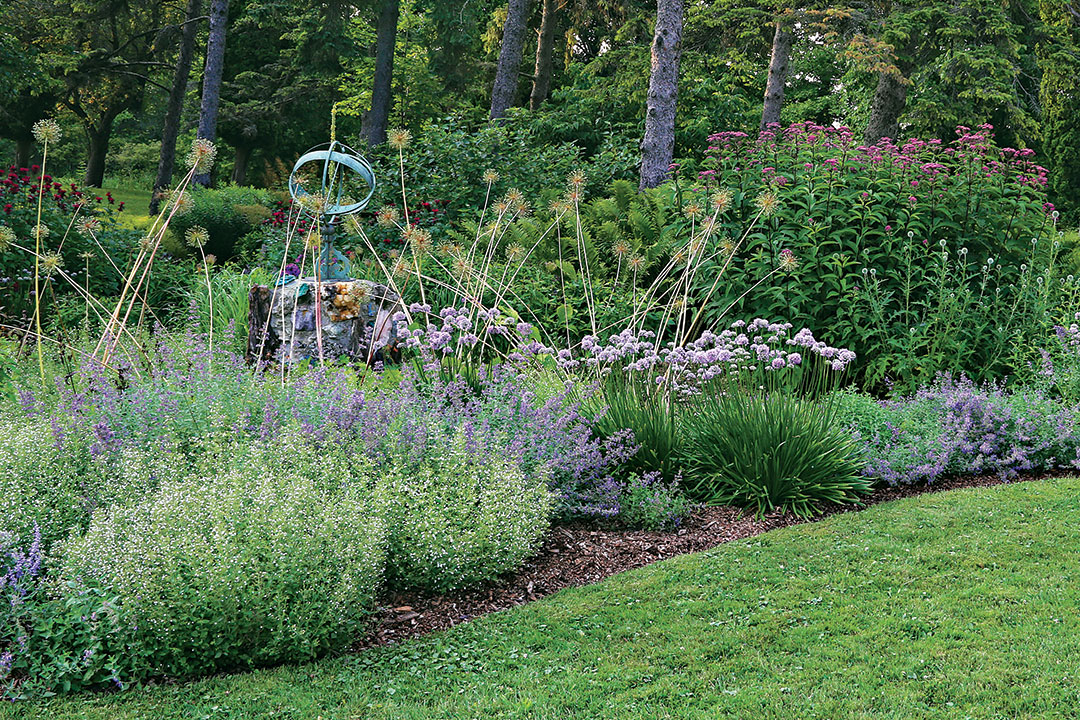
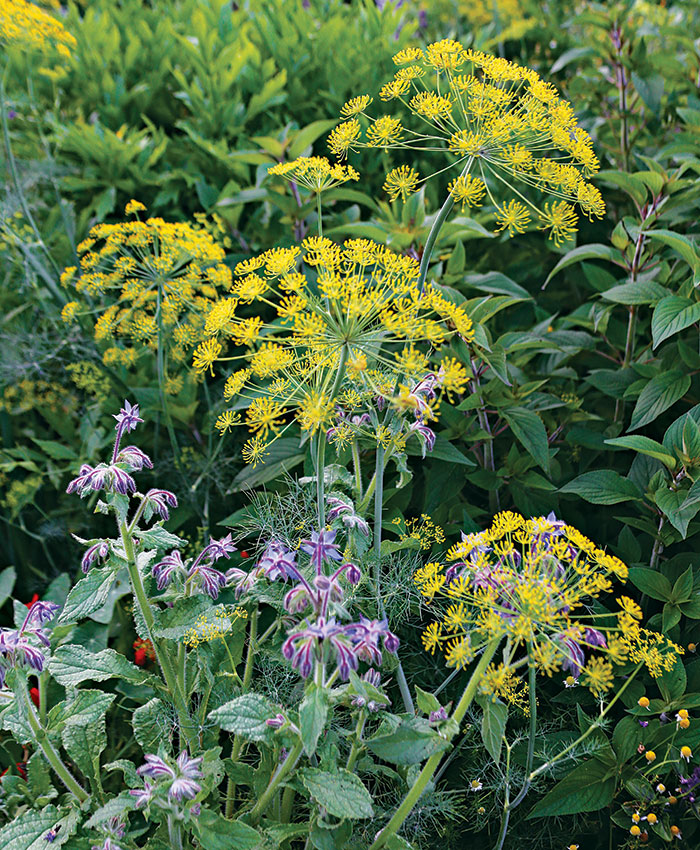
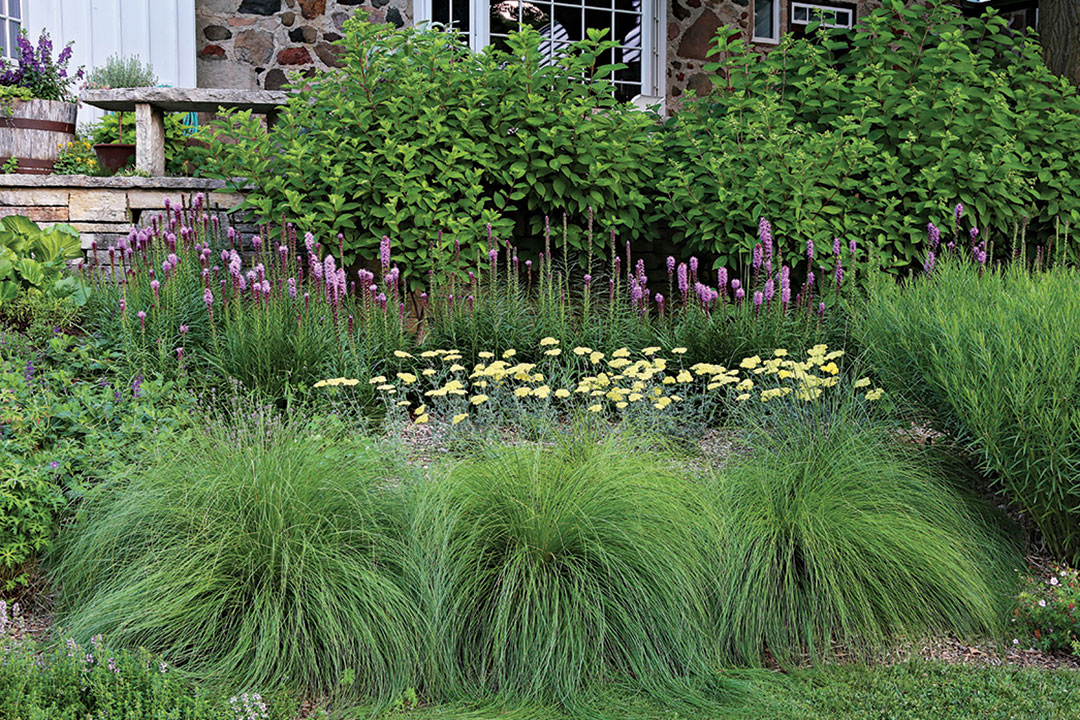
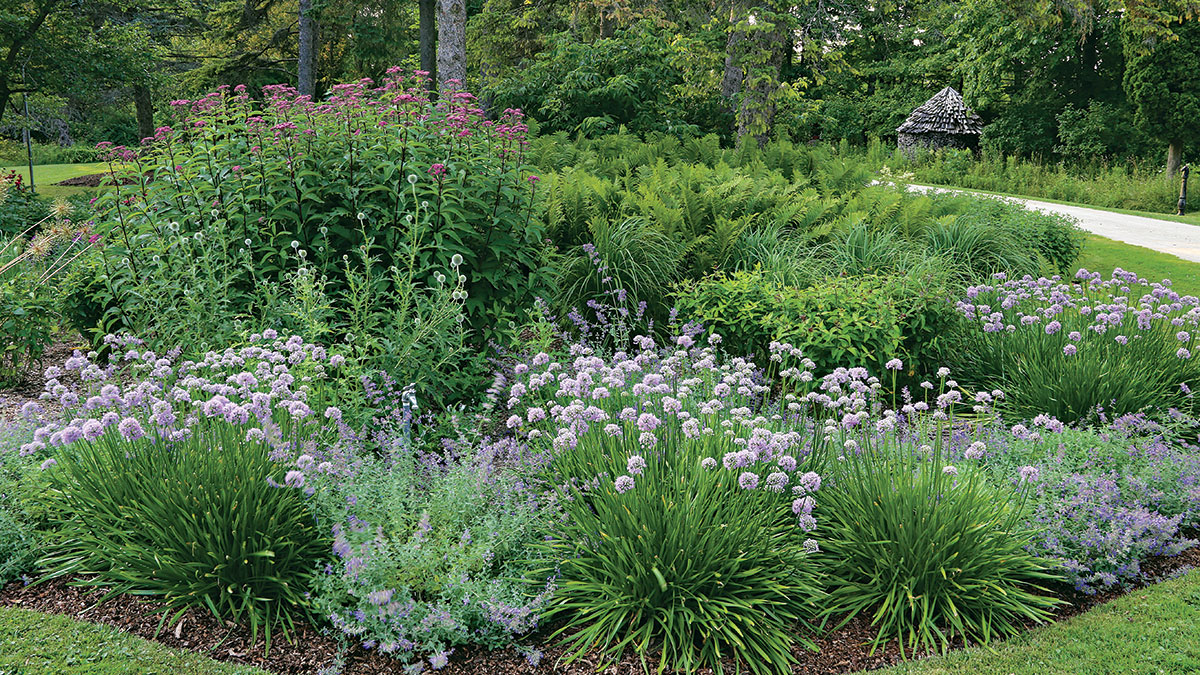
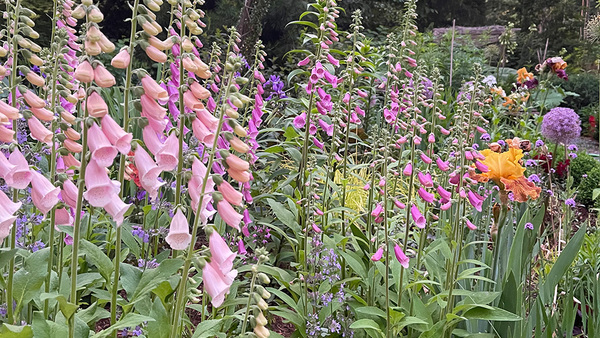
















Comments
Log in or create an account to post a comment.
Sign up Log in